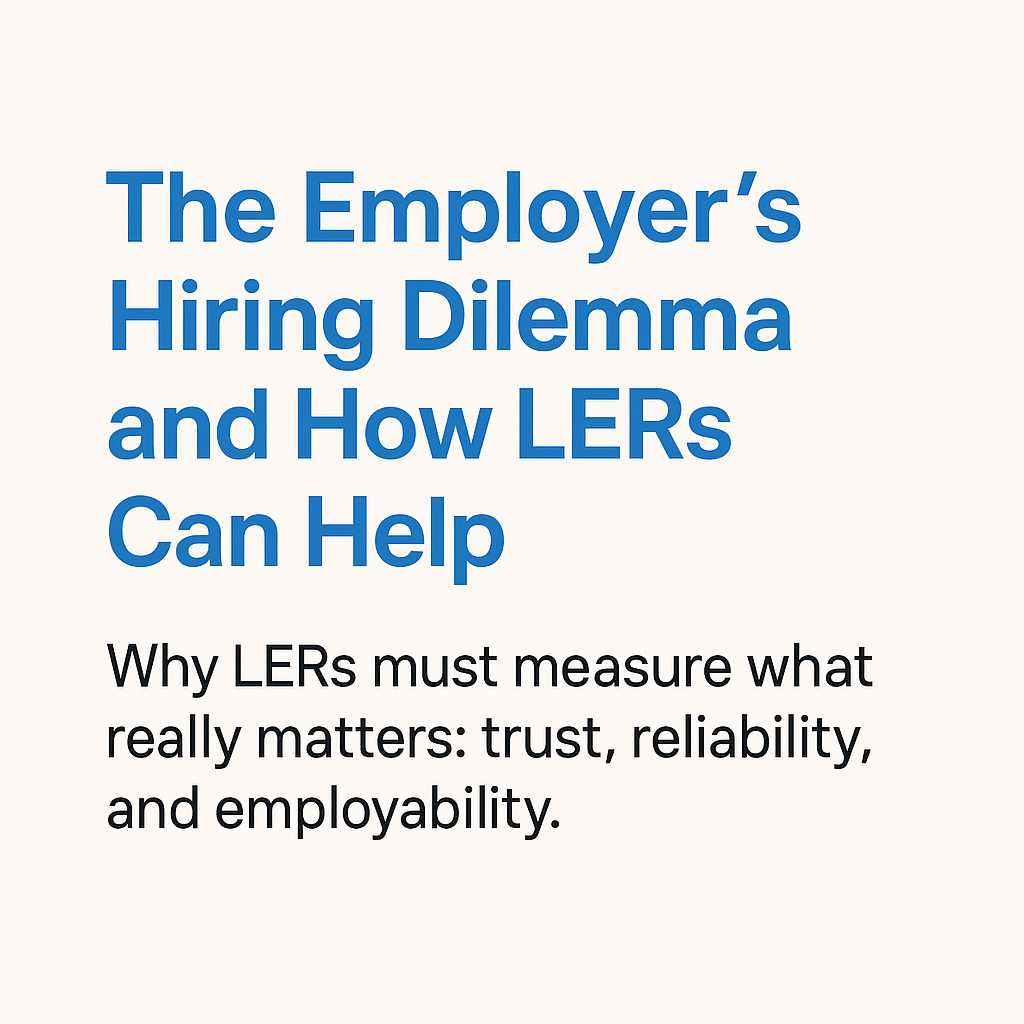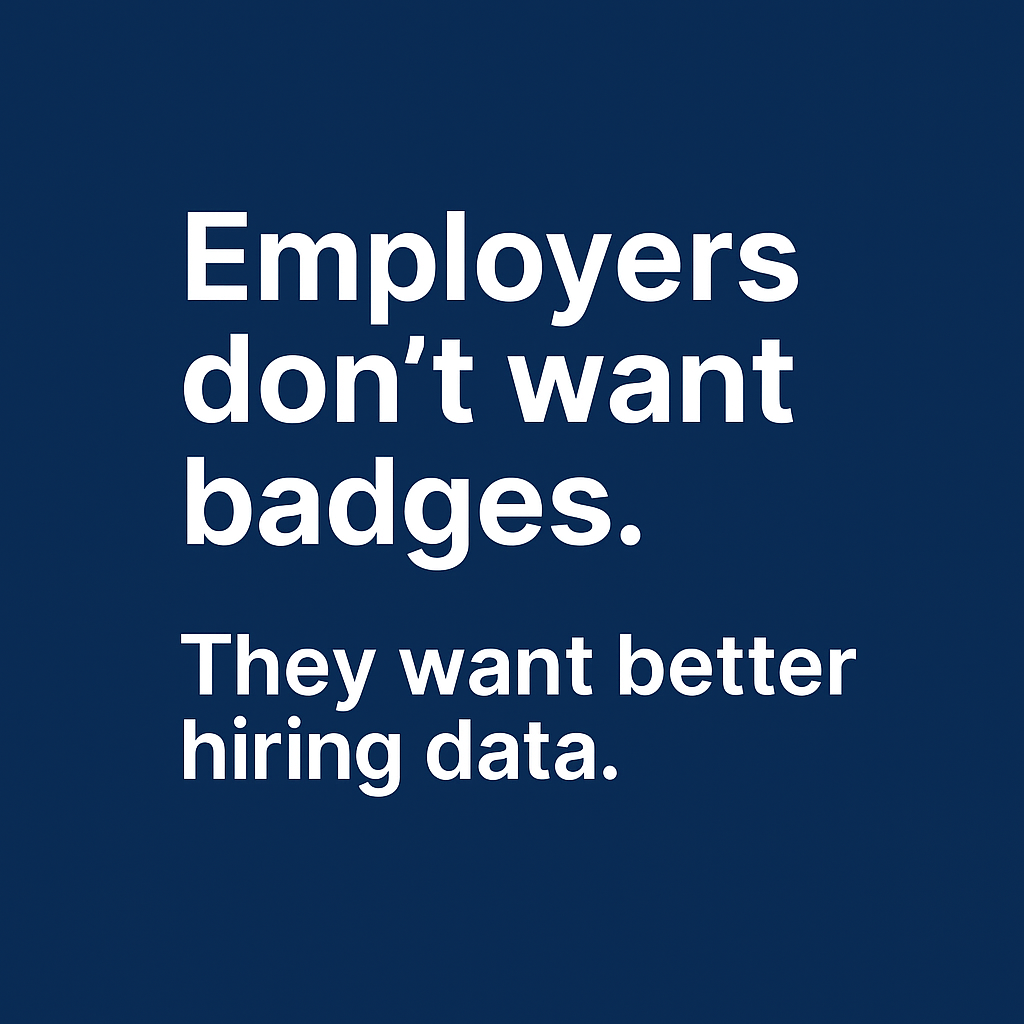his year’s research shows that orchestrating a workforce ecosystem is a multifaceted effort that involves integration among many business functions. In mature legacy organizations in particular, we see companies changing basic management practices around how they access, engage, and develop workers; we see leaders adapting to a changing workforce where they have more contributors but less control. In some cases, we see upwards of 30%- 50% of an organization composed of contingent workers, and organizations increasingly relying on third parties to deliver some of their most essential services. With laws preventing traditional performance management for contingent workers, and with companies increasingly relying on arms-length contracting for critical services, some leaders have limited management options with a large percentage of their workers.1 We see executives often struggling to deal with a range of cultural issues as well: How far should they go to include external contributors in existing corporate culture? To what extent do diversity, equity, and inclusion principles and practices apply to external workers?
Read more here: https://s3.amazonaws.com/marketing.mitsmr.com/offers/FOWF2022/63470-MITSMR-Deloitte-Report-2022.pdf







